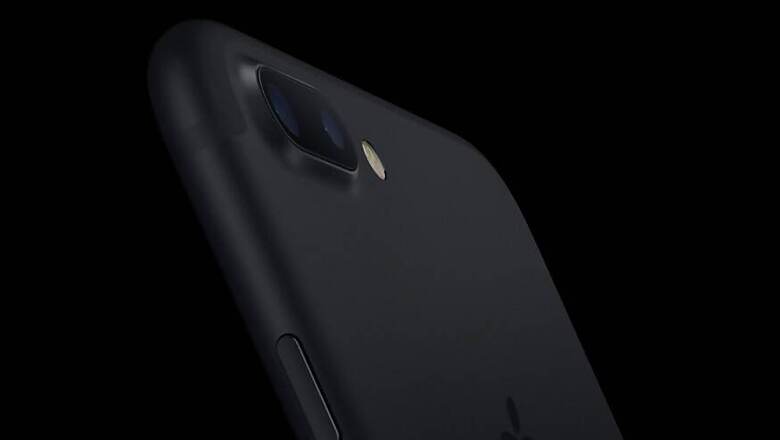
views
A teardown of the latest generation iPhone 7 shows that in terms of material costs, the new handset is not a rip-off.
According to the customary IHS teardown that follows the launch of any digital object of desire, if the cost of the latest iPhone were based purely on its materials plus the labour required to put it together, it would come with a $224.80 price tag.
That's $424.20 less than the asking price for the 32GB model but, as IHS highlights, it's the smallest margin it has seen on an iPhone for some time.
"Total BOM [Bill of Materials] costs for the iPhone 7 are more in line with what we have seen in teardowns of recent flagship phones from Apple's main competitor, Samsung, in that the costs are higher than in previous iPhone teardown analyses," said Andrew Rassweiler, senior director of cost benchmarking services for IHS Markit. "Apple still makes more margin from hardware than Samsung, but materials costs are higher than in the past."
As well as finding higher-priced materials, the teardown shows that many of the components have been improved for faster response and heavier duty use. Except of course for the headphone jack which isn't there at all.
Taking apart the device shows that the space freed up by this omission has made room for a bigger battery -- it's 1960mAhr as opposed to the 1715mAh unit in the iPhone 6S -- a waterproof microphone and the haptic motor that gives the fixed homekey the impression that it works like a normal push button.Also Read: Apple iPhone 7 Teardown: The Latest Flagship Scores a 7 on Repairability Scale
However, the handset's inner workings show that if Apple is going to retain this form factor and continue to use an aluminum uni-body construction which limits the position of antennas (earlier iPhones had a glass back for improved voice call and internet reception) then it is going to struggle to add features such as wireless charging in future models. "This design limitation may force Apple to go back to an all-glass design again," said Wayne Lam, principal analyst of smartphone electronics, IHS Markit.
The report also notes that the new jet-black colour option really is an expensive procedure, and that could explain why stocks are limited. "It is a lower yielding, time-intensive manufacturing step that adds cost, as well as considerable value, pushing the retail price higher for those requesting this option," said Lam.




















Comments
0 comment